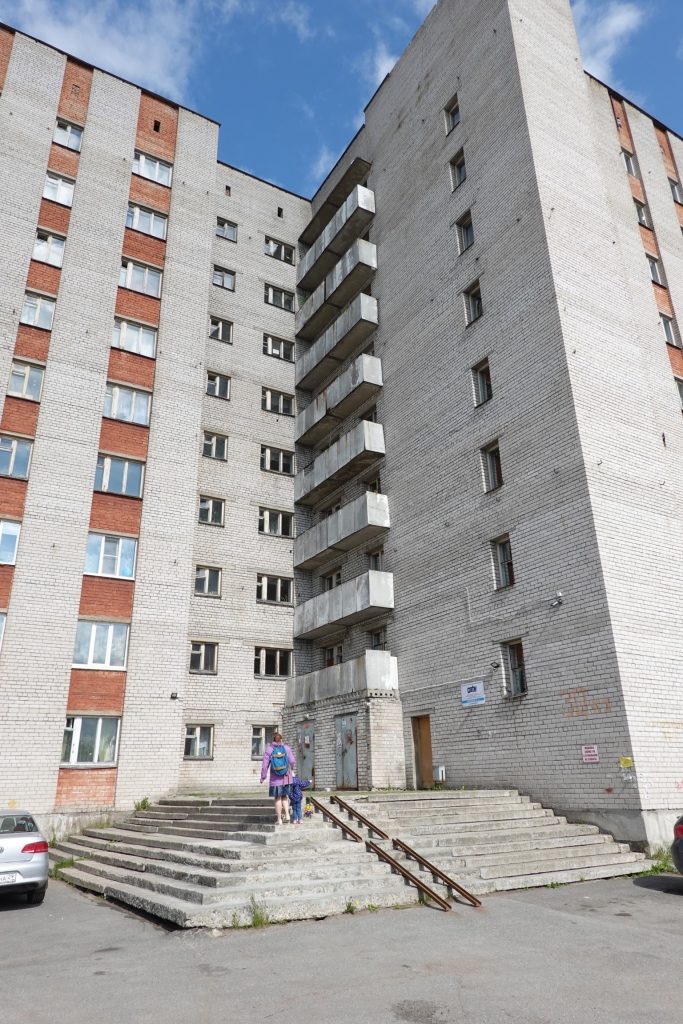Facility management in the Arctic regions has to face the following facts – especially during this record-breaking season of snow:
- Snow is water. When snow melts, and freezes again into ice, it expands – and some day it will melt again. Water is one central cause for damage to a building, and affects its durability.
- Heat will move wherever there is a difference in temperature.
- Warm air can carry large amounts of water vapour, cold air can carry less water vapour – a part of which then condenses into liquid water.
- The northern regions of the Nordics and Russia are located in the arctic and subarctic areas, where climatic conditions can be extreme, and temperature difference between winter and summer conditions can exceed 70°C.
The four facts above form a puzzle with which the construction industry and facility management in the arctic regions work every day. A society living on terms of sustainability must have sustainable buildings.
The experts of Facility Management of Regional Buildings –project are aware of all the above and much more. The project will adapt concepts of energy efficiency and energy saving through upgrading or renovation, and thus bring effective operation and management of buildings of the Barents region into action.
Modern housing and environmental sustainability can be combined
Seen from an environmental perspective, buildings consume 40% of the energy and, stand for nearly the same amount of CO2-emissions. Residential buildings should be emphasized, as the number of buildings is much higher than number of commercial and public buildings. Residential buildings thus constitute a major environmental impact.
The project sees that facility management FM has potential to be further developed in the Arctic region as a product that can be sold to customers. This segment of the building sector is not yet well developed in all parts of the Arctic region. The project will contribute to further development of ideas, services and systems that can be a base for creating more cross border activities in this area.
The project partners combine their strengths around the topic. Northern Arctic Federal University NArFU (located in Arkhangelsk, Russia) has the main responsibility in selecting and evaluating a case where project recommendations are implemented. The student dormitory of NArFU is a case. There, the project is e.g. testing different radiator designs of different materials, remote operation system of heating, adjustable heating modes to ensure energy-saving, and window units with different materials of frames,. The Higher School of Engineering is currently monitoring temperature, humidity, air velocity and gas composition in the building.
The task of NArFU in the project is also to identify specific challenges related to renovation in Barents climate. They will e.g. classify different conditions for soils, foundation, materials and structures, as well as indoor environment. On point of view is that they have to determine preservation criteria for architectural and cultural values.
Oulu University of Applied Sciences stands for developing further the models for efficient management of buildings in the operational stage. This is a field of expertise that OUAS has specialised in and developed during several projects in Europe.
Besides leading the project, the Lead Partner UiT the Arctic University of Norway, has the main role in developing education and more generally desseminating information about the topic and about the results. UiT has worked with sustainable construction, sustainable housing and facility management for years and co-operated on the Kolarctic region level and on an European level.
The Research Institutes of Sweden RISE participates in the project because of its specialization in sustainable construction, especially wooden structures.
Project website http://www.famarb.com/
Project video on the website of FAMARB
See also an animated video from the project in Youtube




